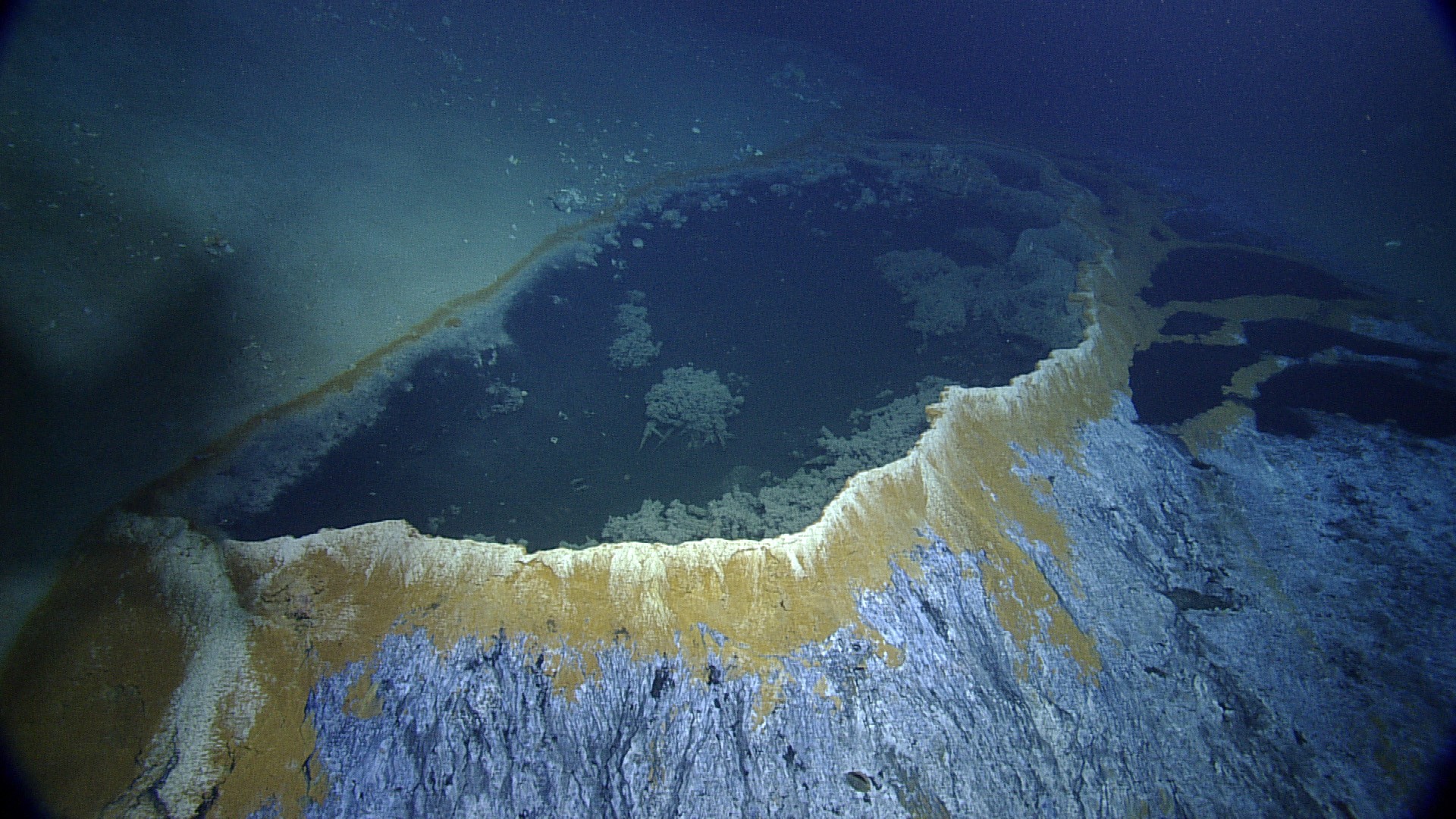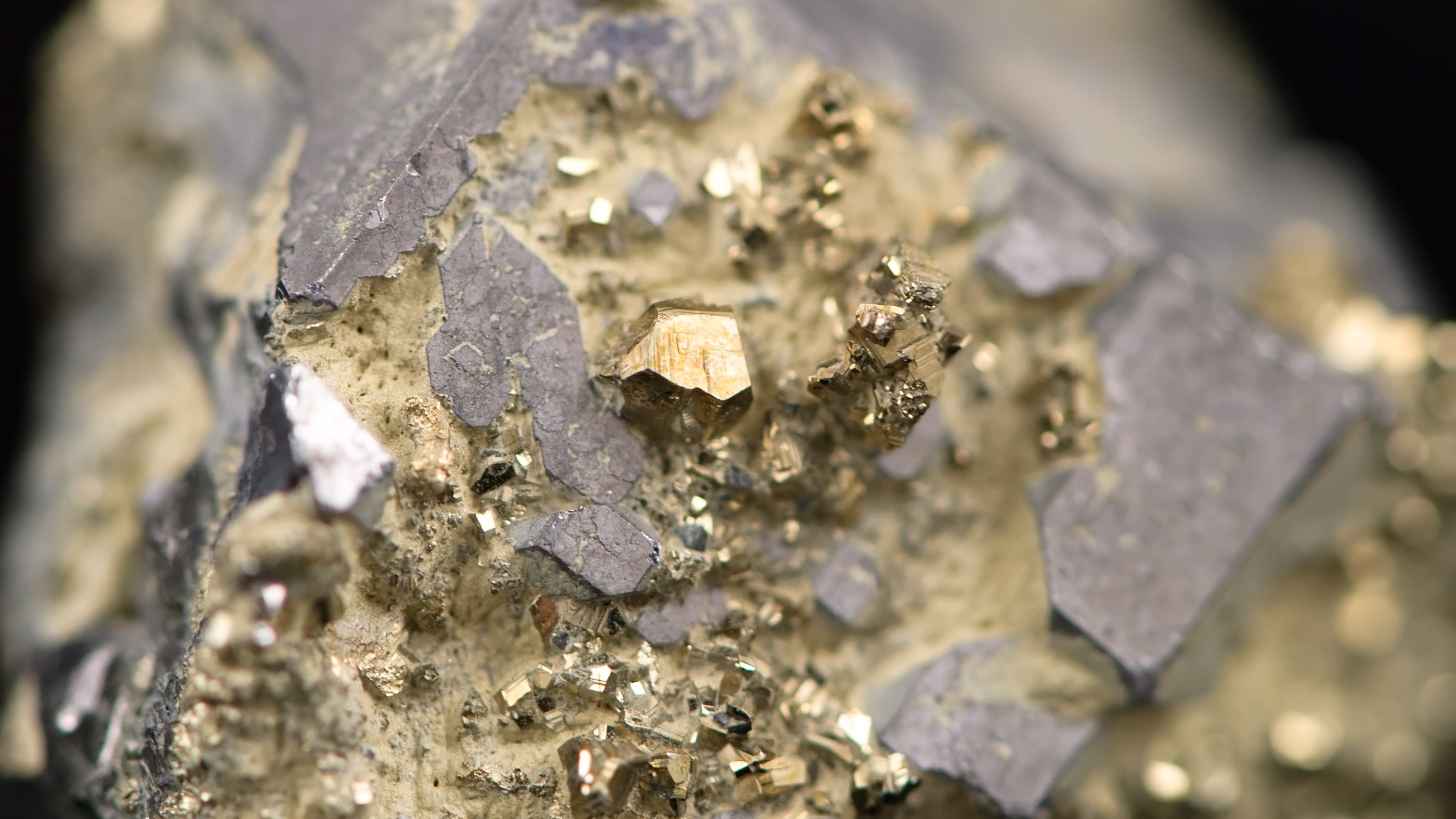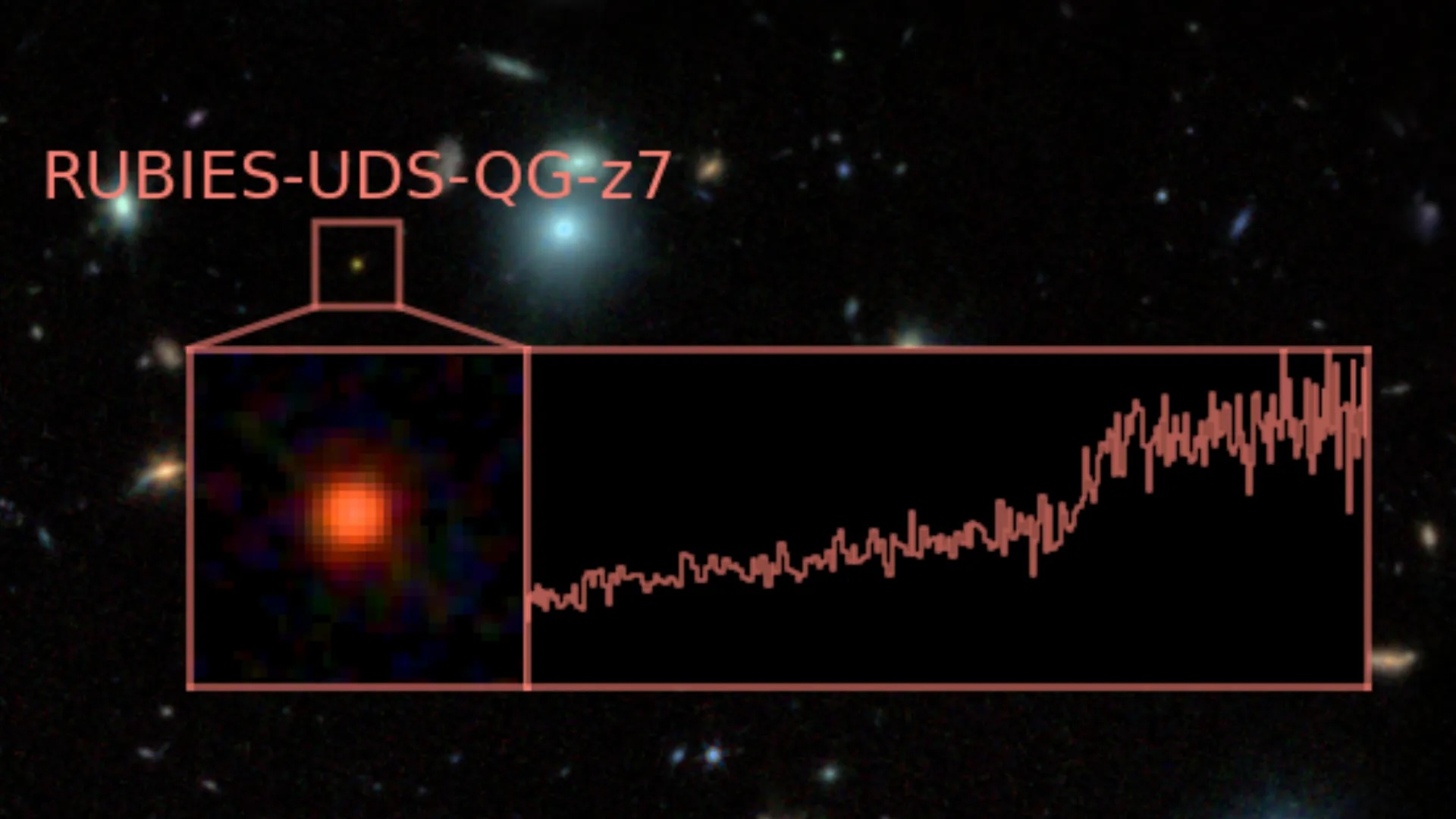
Sascha Pare
Sascha is a U.K.-based staff writer at Live Science. She holds a bachelor’s degree in biology from the University of Southampton in England and a master’s degree in science communication from Imperial College London. Her work has appeared in The Guardian and the health website Zoe. Besides writing, she enjoys playing tennis, bread-making and browsing second-hand shops for hidden gems.
Latest articles by Sascha Pare
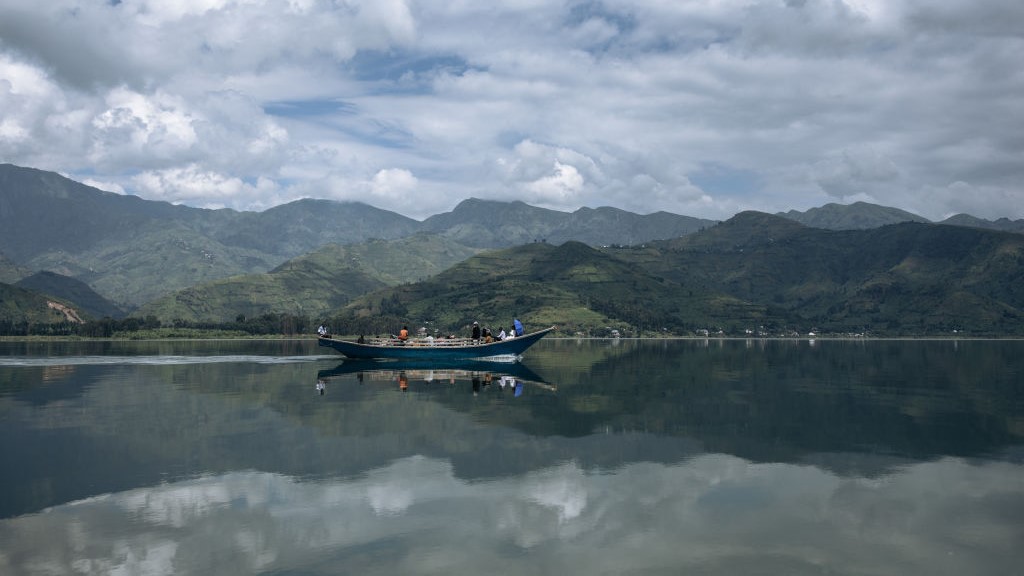
Lake Kivu: The ticking time bomb that could one day explode and unleash a massive, deadly gas cloud
By Sascha Pare published
Lake Kivu, one of the African Great Lakes, sits along a tectonic plate boundary called the East African Rift, which is dotted with hot springs that feed carbon dioxide and methane into the water.
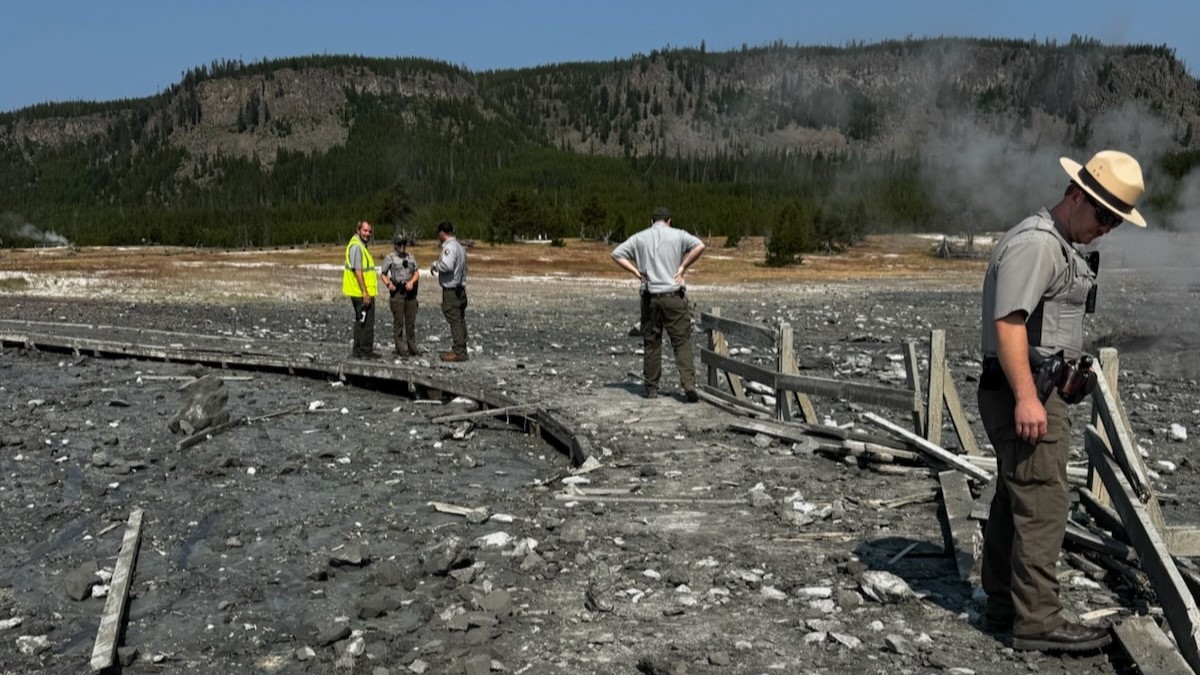
'Spectacular and definitely hazardous': Yellowstone geyser erupts, firing steam and debris over nearby tourists
By Sascha Pare published
A hydrothermal eruption Tuesday (July 23) morning surprised visitors walking among the colorful hot springs in Yellowstone National Park's Biscuit Basin, near the famous Old Faithful geyser.
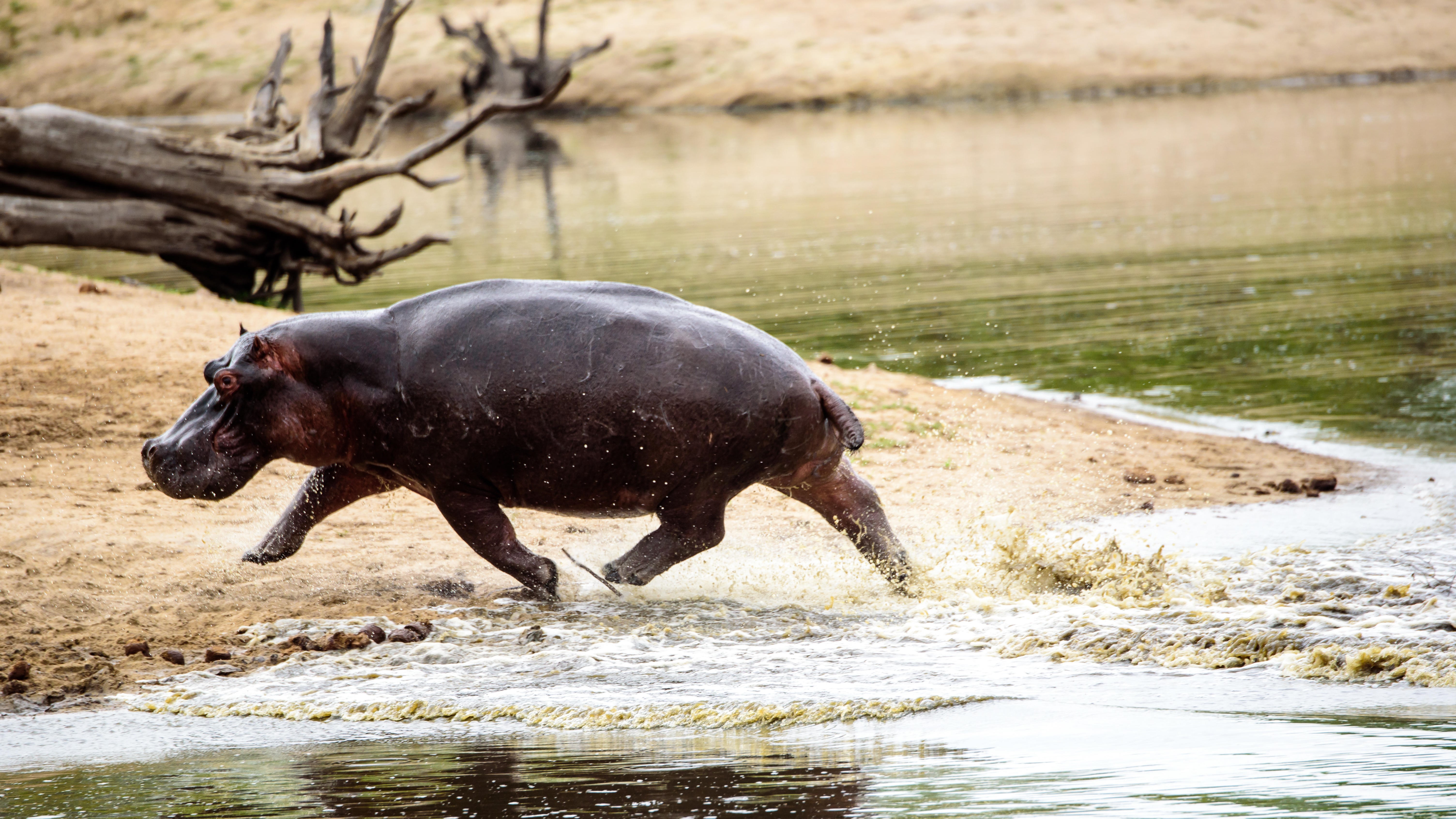
Trotting hippos can 'fly,' but only in 0.3-second bursts, study finds
By Sascha Pare published
Researchers have discovered that, unlike other four-legged mammals, hippopotamuses trot at high speeds and become airborne for "quite a large amount of time."
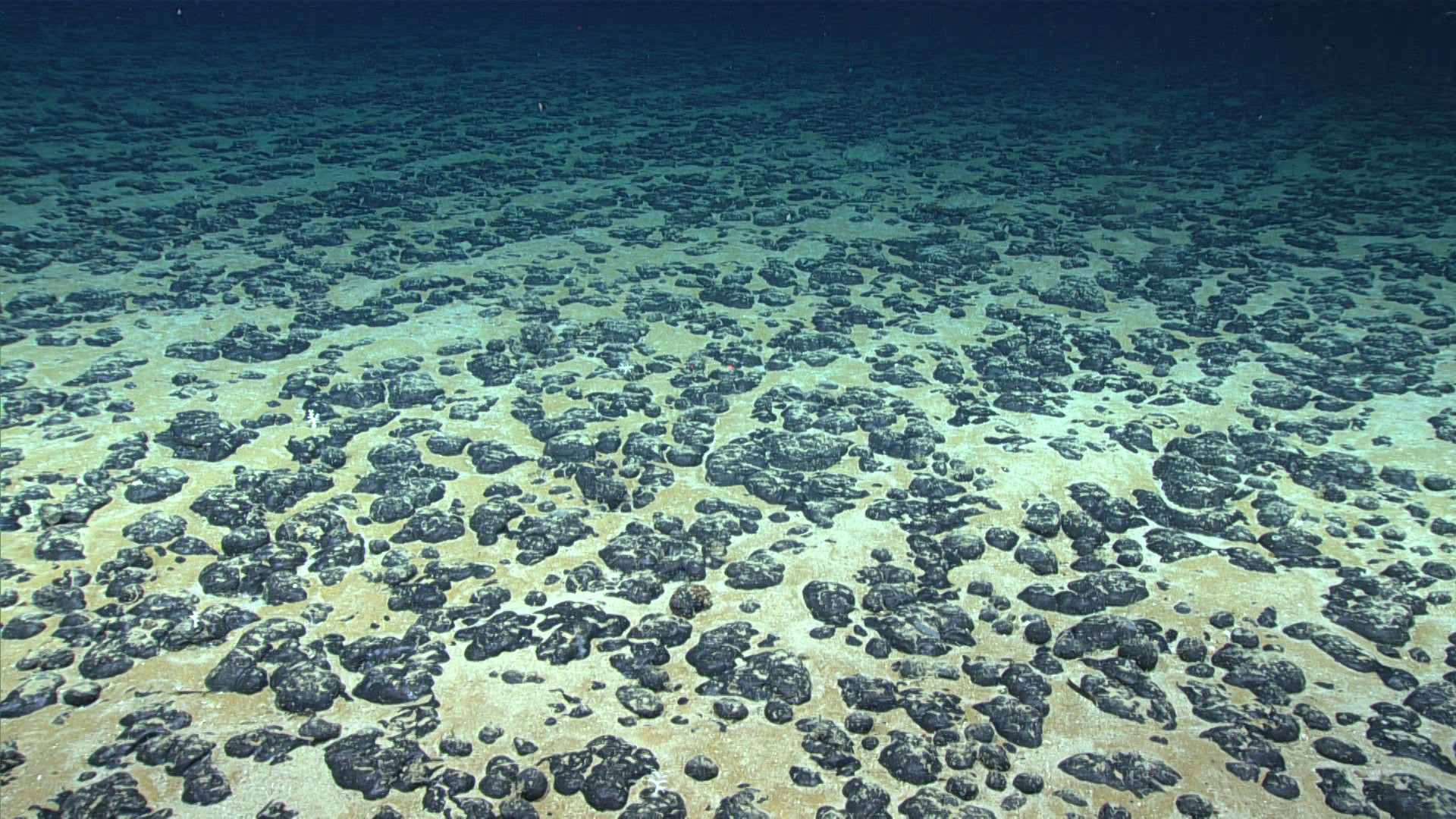
Discovery of 'dark oxygen' from deep-sea metal lumps could trigger rethink of origins of life
By Sascha Pare published
In a global first, scientists working in the Clarion-Clipperton Zone in the North Pacific Ocean have found that metallic nodules on the seafloor produce their own oxygen, dubbed "dark oxygen."
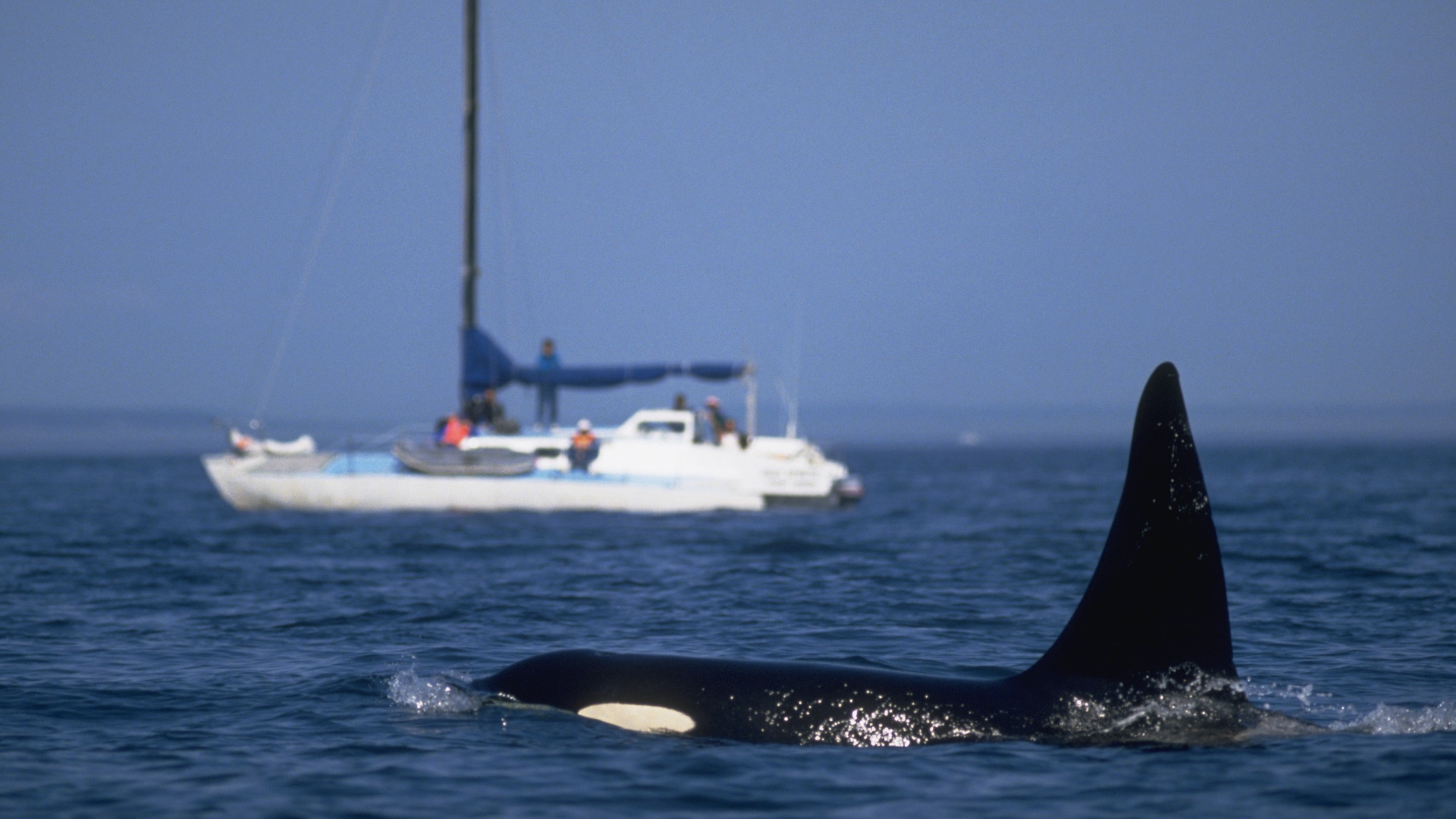
2 young orcas ram sailboat off northern France — 800 miles from 'attack' hotspot
By Sascha Pare published
Coastguards had to tow a 40-foot-long sailboat back to port after two young orcas severely damaged the boat's rudder near Guilvinec in the French region of Brittany.
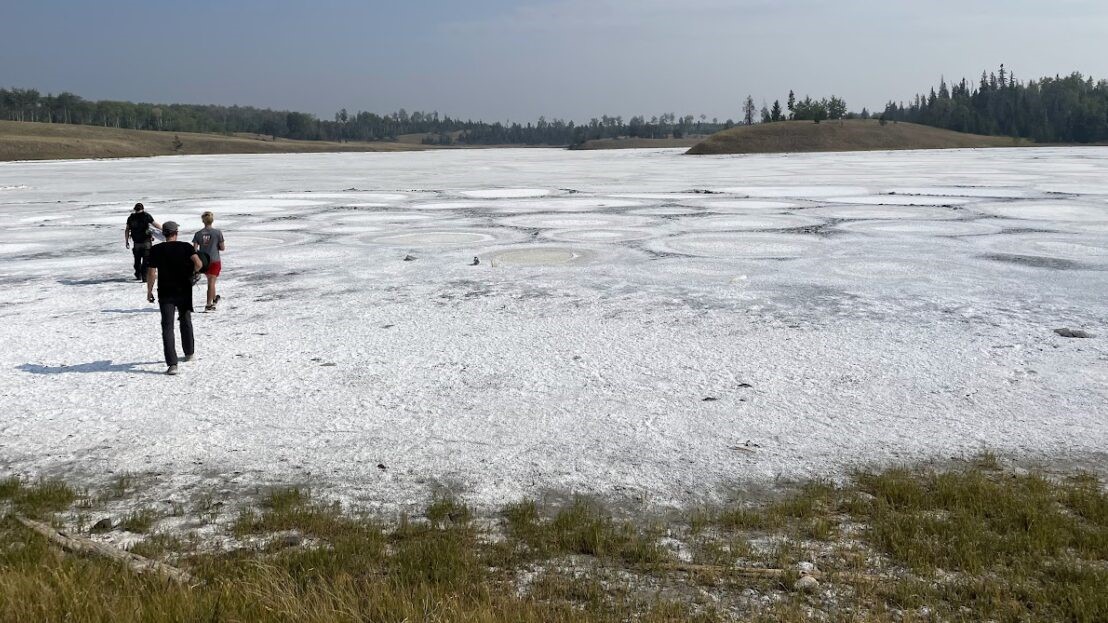
Last Chance Lake: The unusual 'soda lake' with conditions that may have given rise to life on Earth
By Sascha Pare published
Scientists consider Last Chance Lake to be an analog for lakes that may have existed on Earth 4 billion years ago and contained the ingredients for early life on our planet.
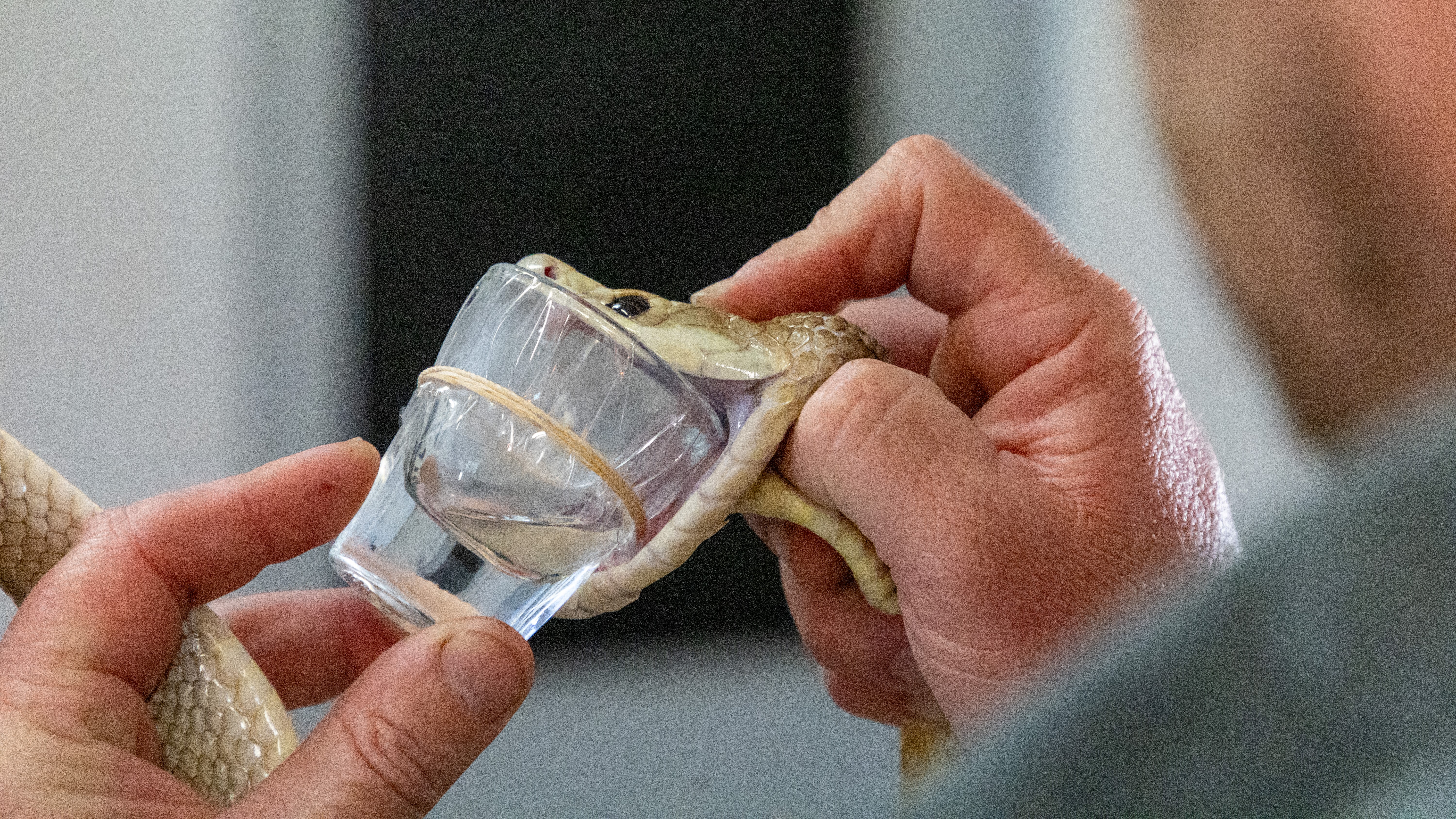
Deadly snake delivers enough venom to kill 400 humans in record-breaking 'milking'
By Sascha Pare published
A coastal taipan named Cyclone recently delivered three times the average amount of venom for its species in one go, setting a new record.
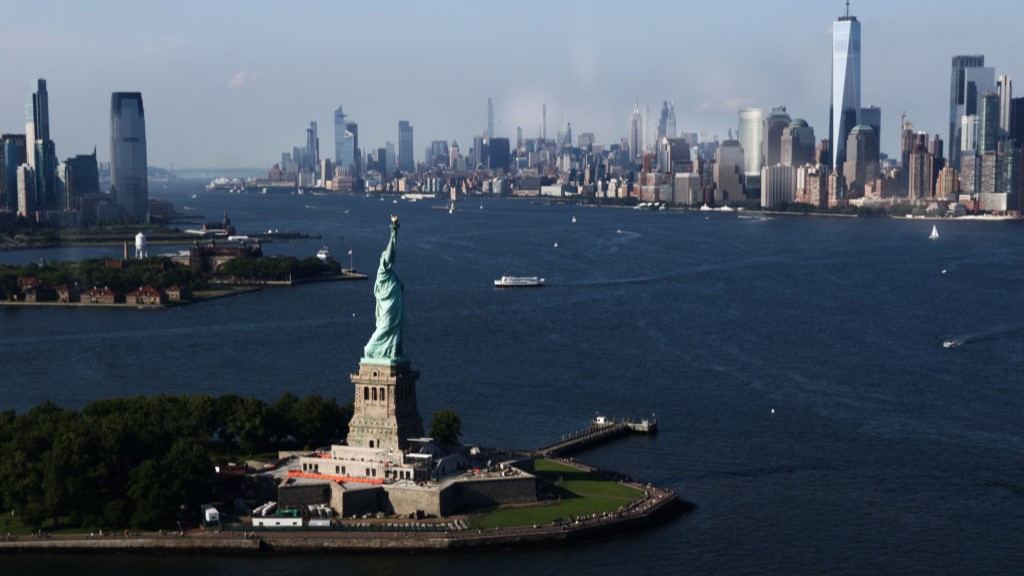
'Rare daylight fireball' meteor over NYC created loud boom near Statue of Liberty
By Sascha Pare published
Reports of a daylight fireball and loud booms across New York City and New Jersey suggest a meteor entered the atmosphere above the city and traveled west at 38,000 mph, NASA says.
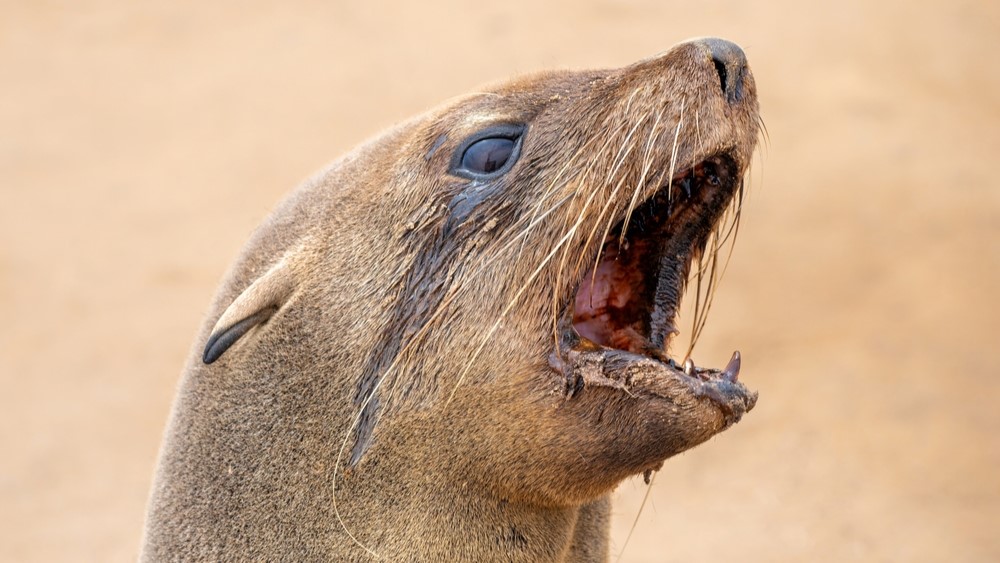
Rabid seals are attacking people in South Africa
By Sascha Pare published
A string of fur seal attacks on surfers and beachgoers in Cape Town has been linked to an outbreak of rabies, with 11 seals testing positive for the virus so far.
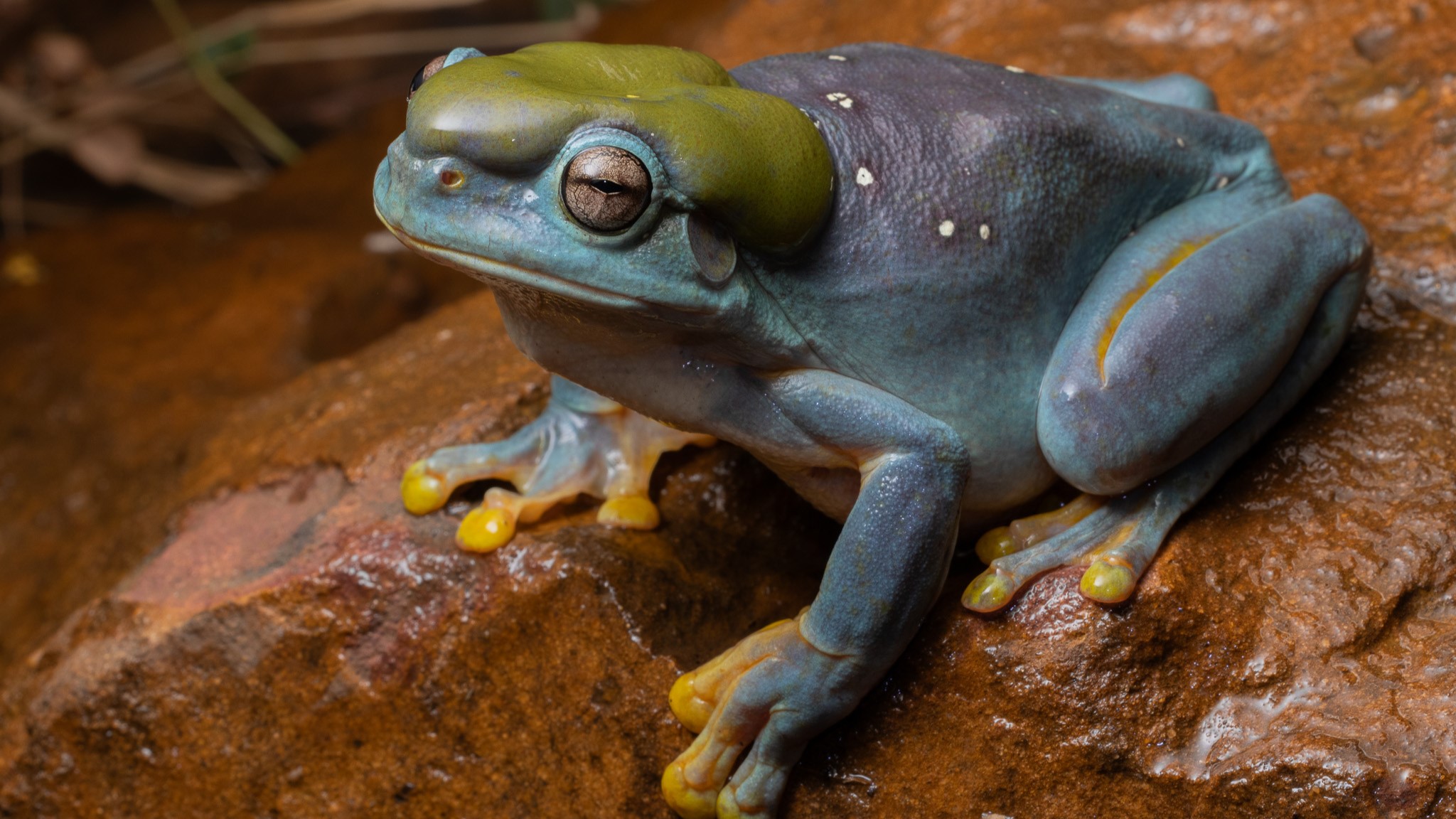
'Lovely freak of nature': Mutant blue frog hops into wildlife sanctuary workshop
By Sascha Pare published
Researchers in Australia spotted a magnificent tree frog with blue skin — the result of a rare genetic mutation called axanthism, which suppresses yellow pigments that usually tint the frogs green.
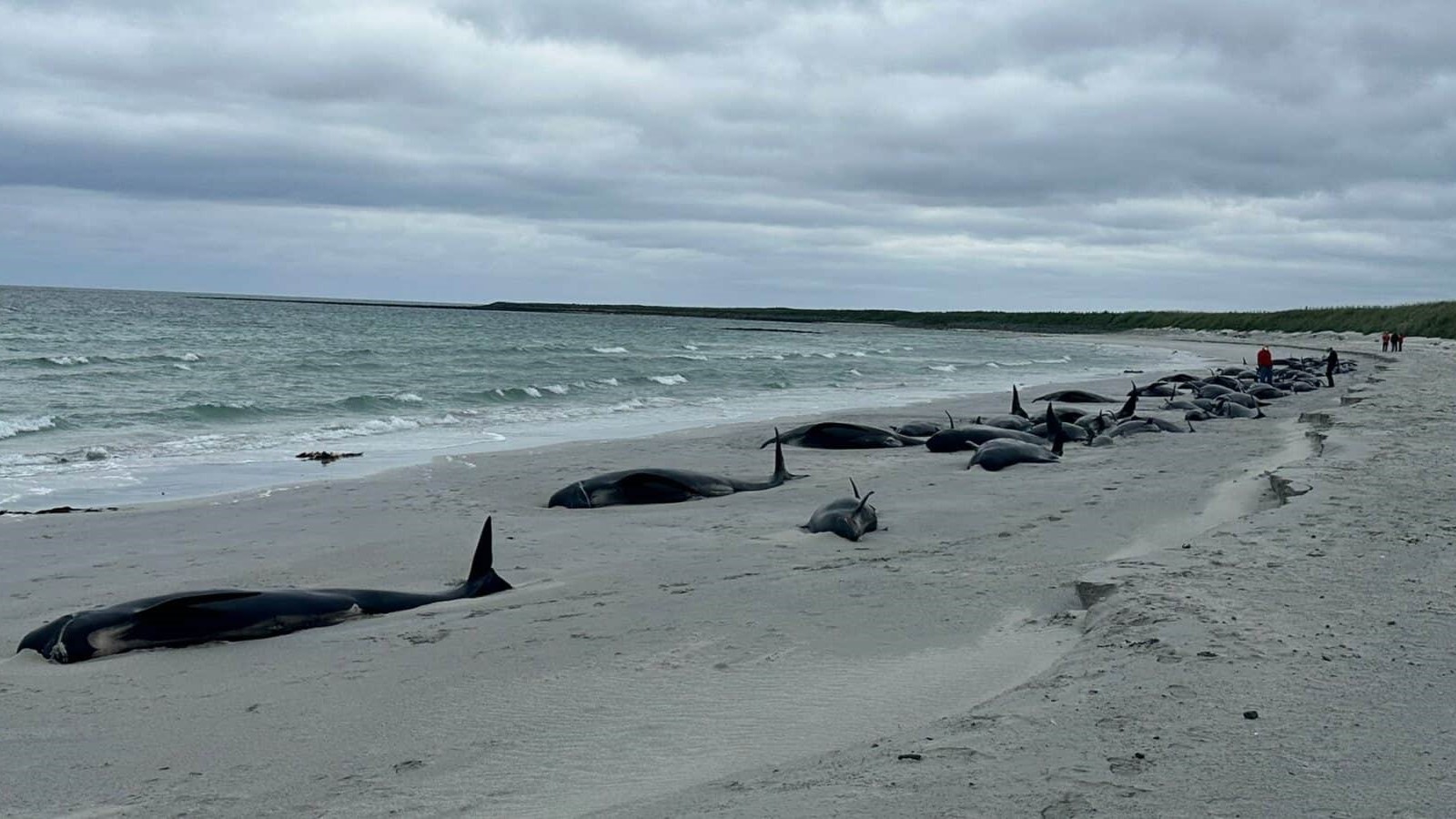
Entire pod of 89 pilot whales dies on Scottish beach in freak mass stranding
By Sascha Pare published
Dozens of long-finned pilot whales have beached and died on Sanday in the Orkney Islands, Scotland, in the biggest mass stranding the country has seen since 1995.
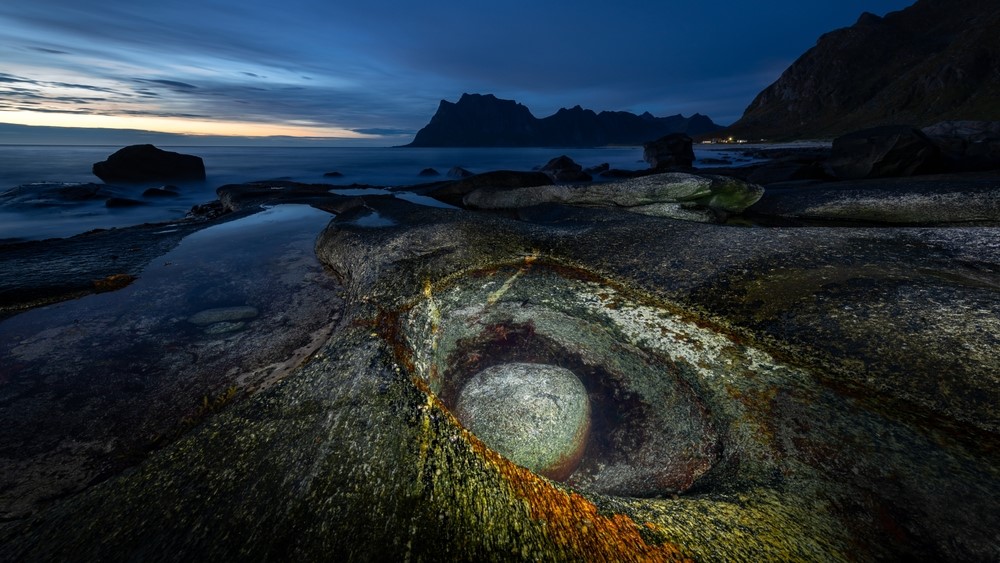
Norway's Dragon's Eye: The fantastical 'pothole' that emerged from ice 16,000 years ago
By Sascha Pare published
Norway's photogenic "Dragon's Eye" likely formed around 20,000 years ago, when all of Scandinavia sat beneath an enormous mass of ice called the Fennoscandian Ice Sheet.
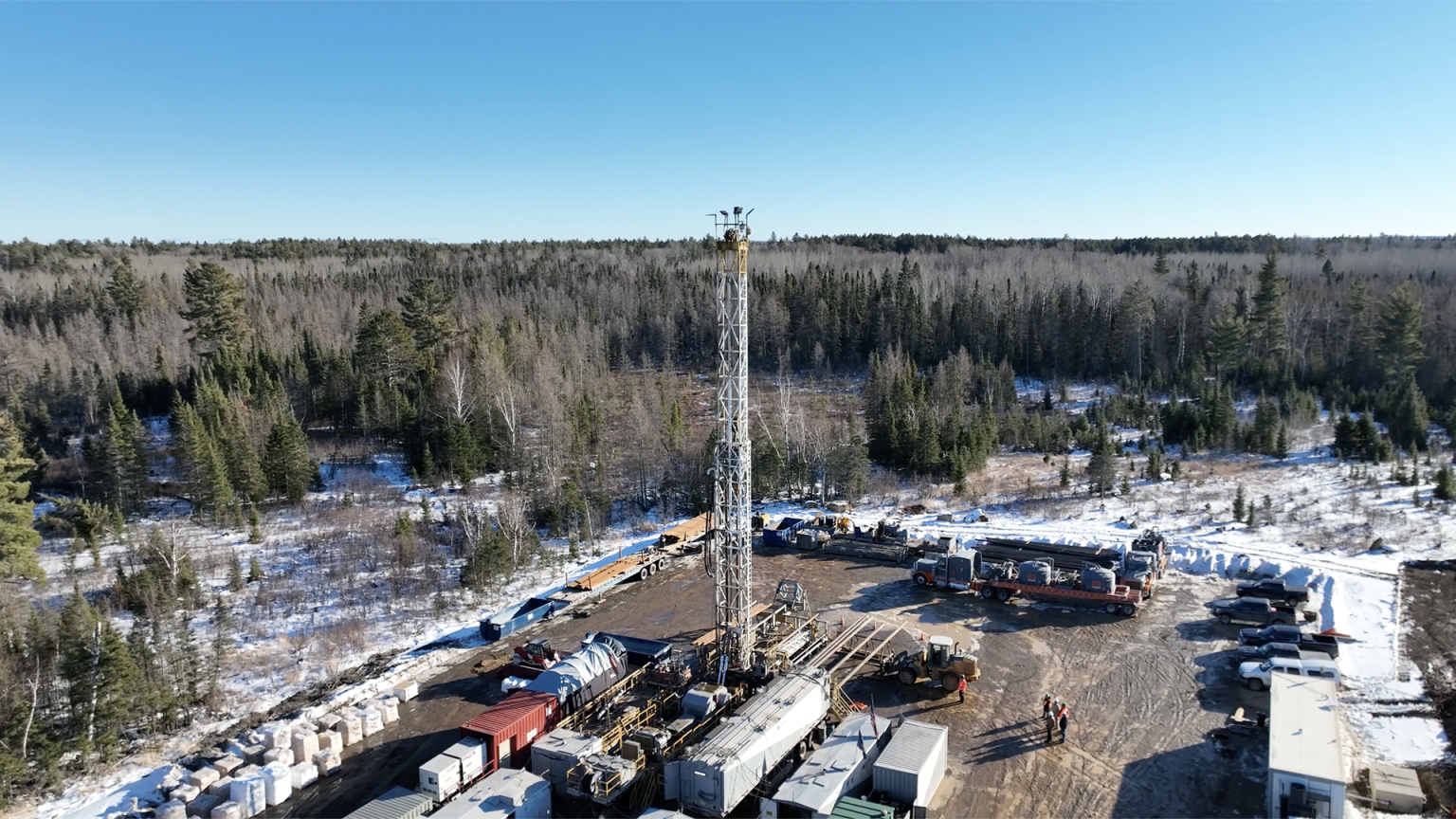
Massive helium reservoir in Minnesota is even more 'mind-boggling' than we thought, new data suggest
By Sascha Pare published
New seismic data show that a helium reservoir discovered in February in northern Minnesota is larger than initial estimates indicated, inching the project closer to commercial extraction.
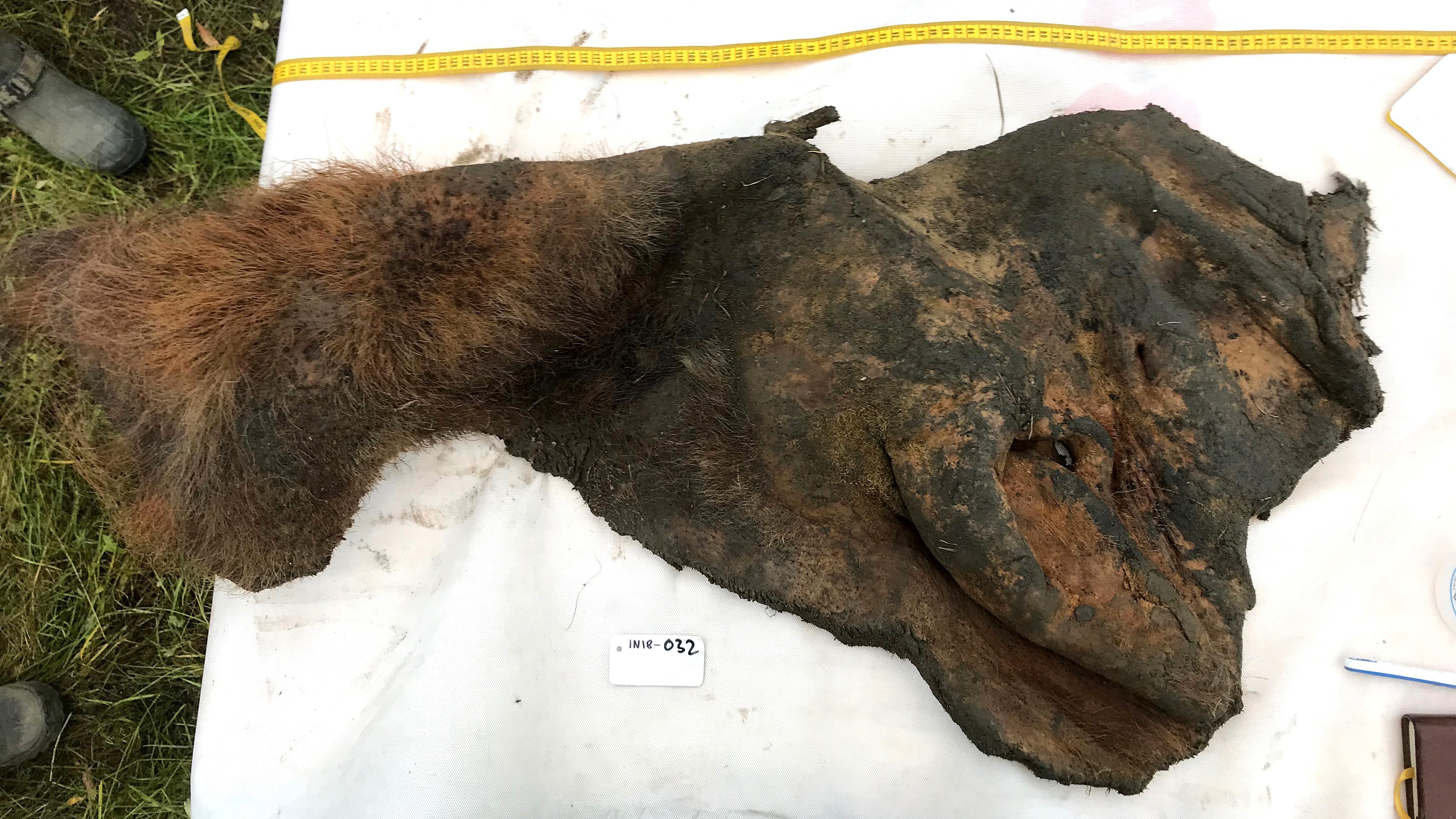
Ancient chromosomes from woolly mammoth discovered in 52,000-year-old freeze-dried skin
By Sascha Pare published
In a breakthrough that could boost de-extinction efforts, scientists have determined the 3D structure of a woolly mammoth's genome from a 52,000-year-old piece of freeze-dried skin.

Heat dome triggers record-breaking temperatures across US West Coast
By Sascha Pare published
Scorching temperatures up to 130 degrees Fahrenheit are expected across the U.S. West Coast in the coming days, as a heat dome hovers over the region.
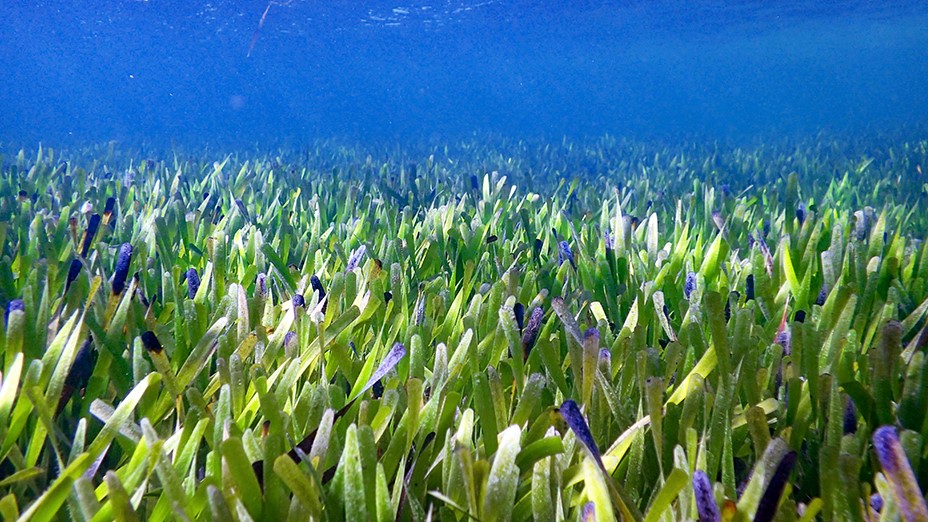
Shark Bay: Home to Earth's largest plant — an immortal, self-cloning seagrass meadow stretching 112 miles
By Sascha Pare published
A 77-square-mile seagrass meadow at the bottom of Shark Bay in Western Australia is both Earth's largest plant and largest clone.
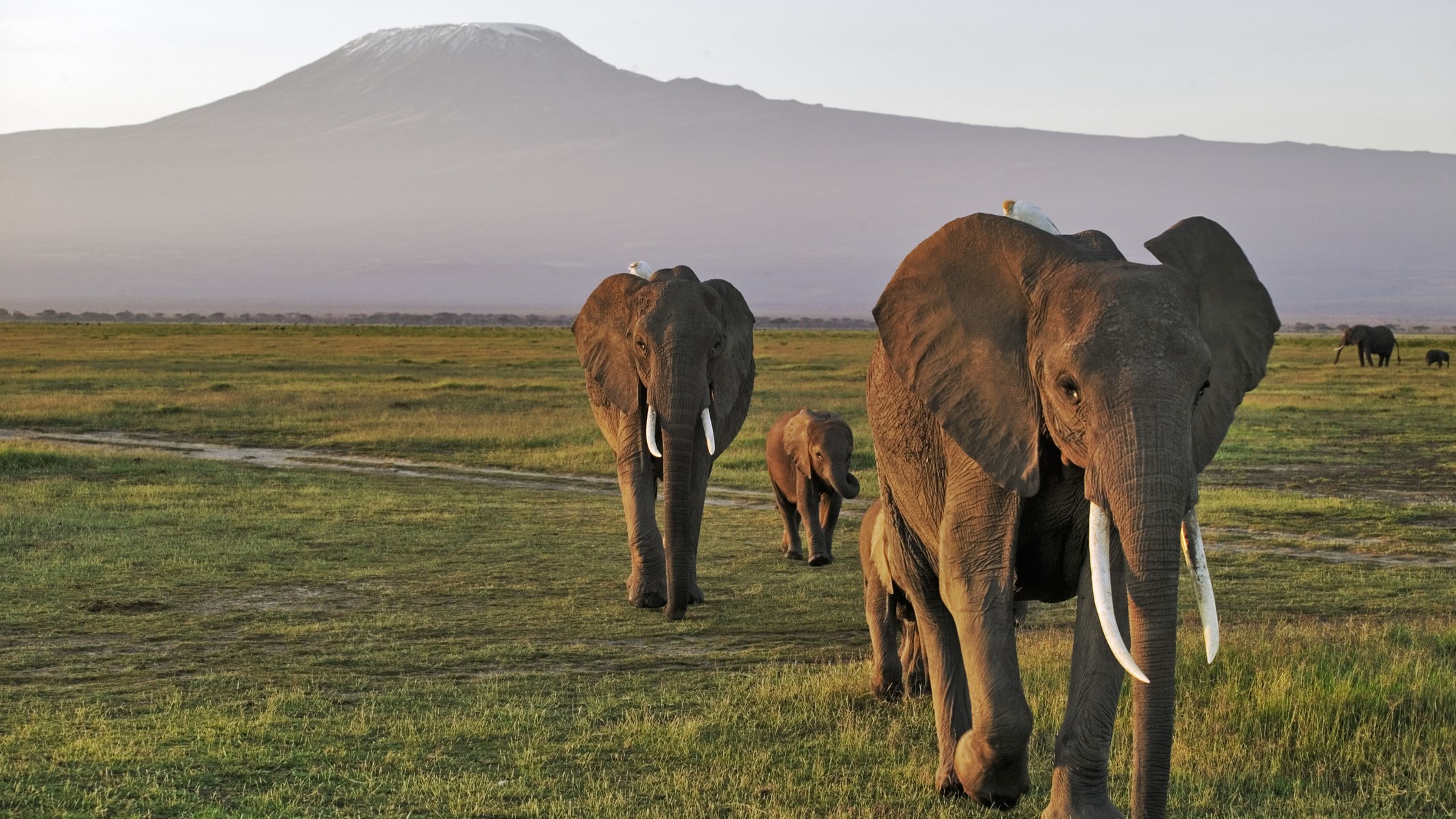
6 animals where females reign supreme
By Sascha Pare published
From honeybees to elephants, here are six animals with female bosses.
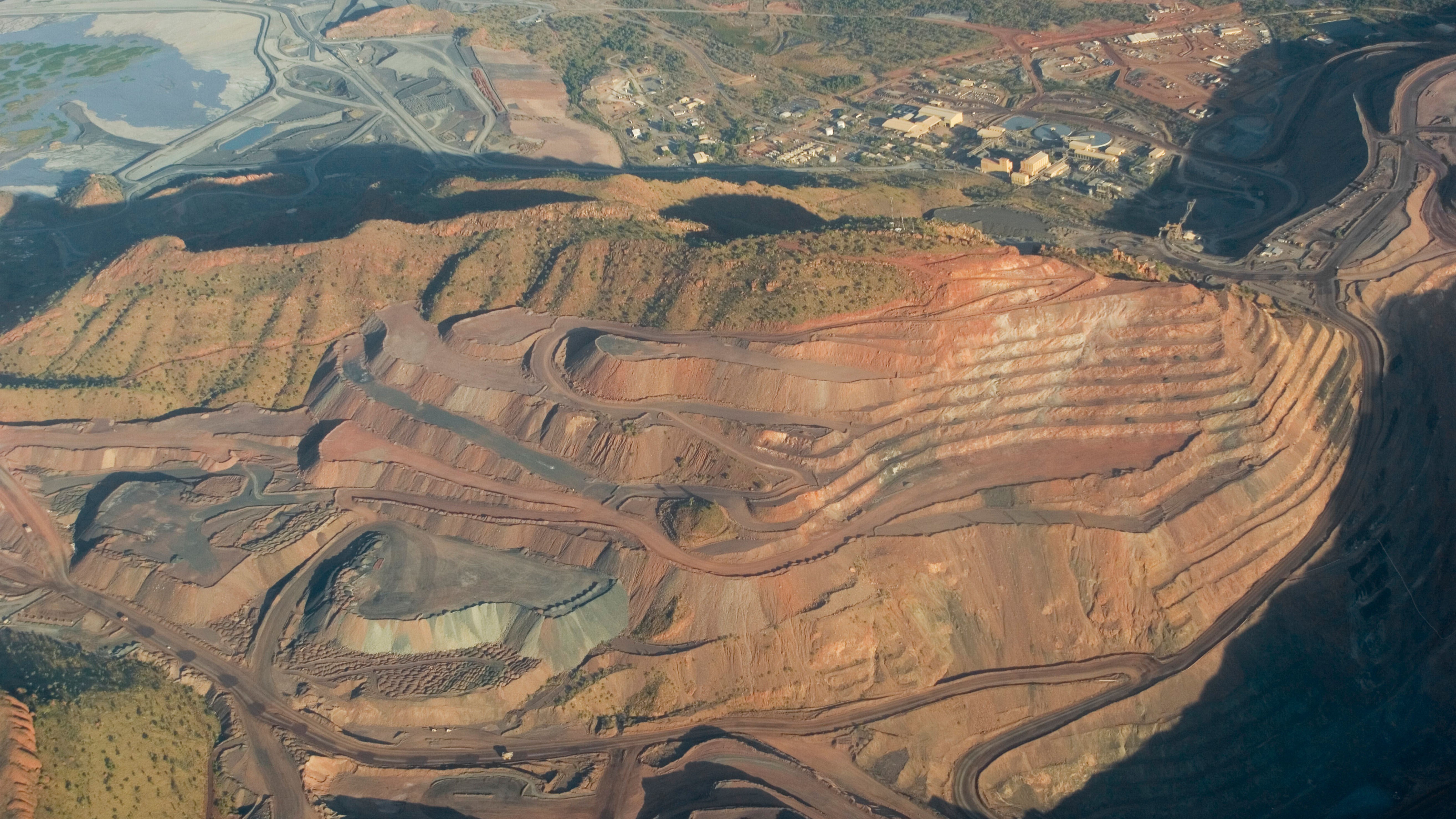
Argyle mine: Earth's treasure trove of pink diamonds born during a supercontinent's break up
By Sascha Pare published
During 37 years of operations, the now-closed Argyle mine produced more than 865 million carats (191 tons) of rough diamonds and 90% of the world's pink diamonds.
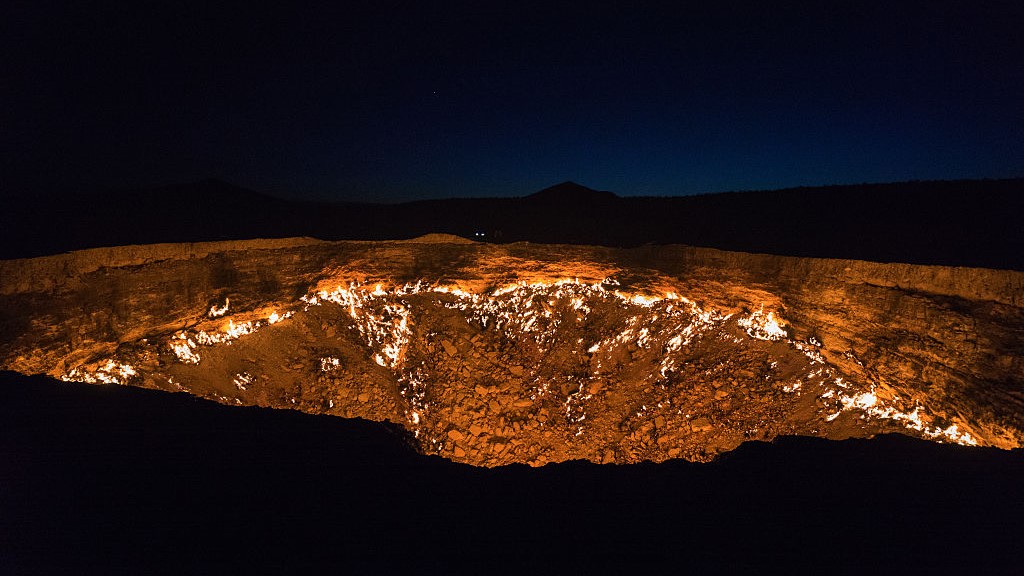
Gates of Hell: Turkmenistan's methane-fueled fire pit that has been burning since 1971
By Sascha Pare published
Geologists set Turkmenistan's Darvaza gas crater ablaze in 1971, thinking the fire would die down within a few weeks, but the pit is still burning 53 years later.
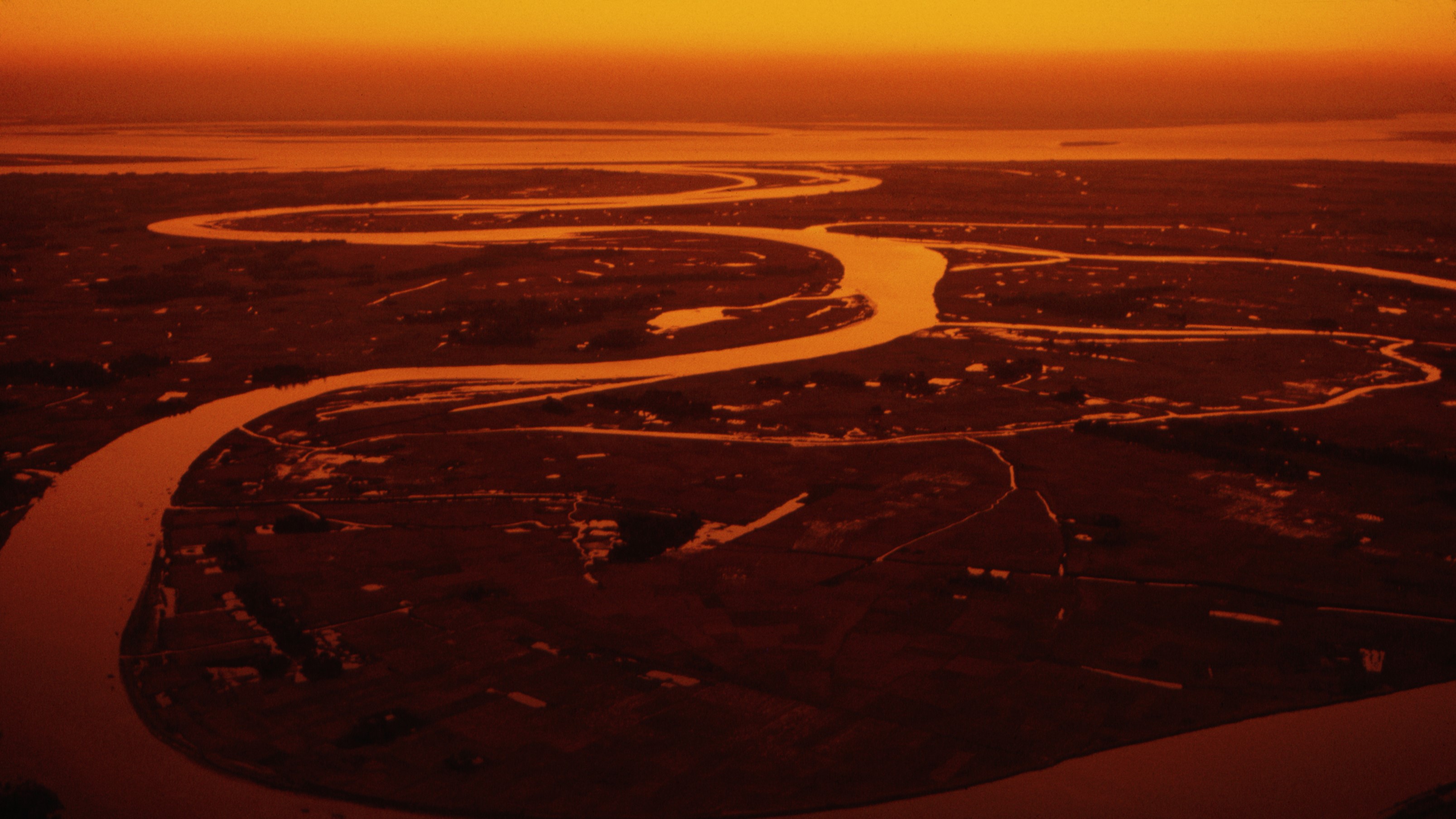
Huge earthquake 2,500 years ago rerouted the Ganges River, study suggests
By Sascha Pare published
A new study suggests an earthquake of estimated magnitude 7.5 or 8 shook the Indian subcontinent 2,500 years ago, changing the course of the Ganges.
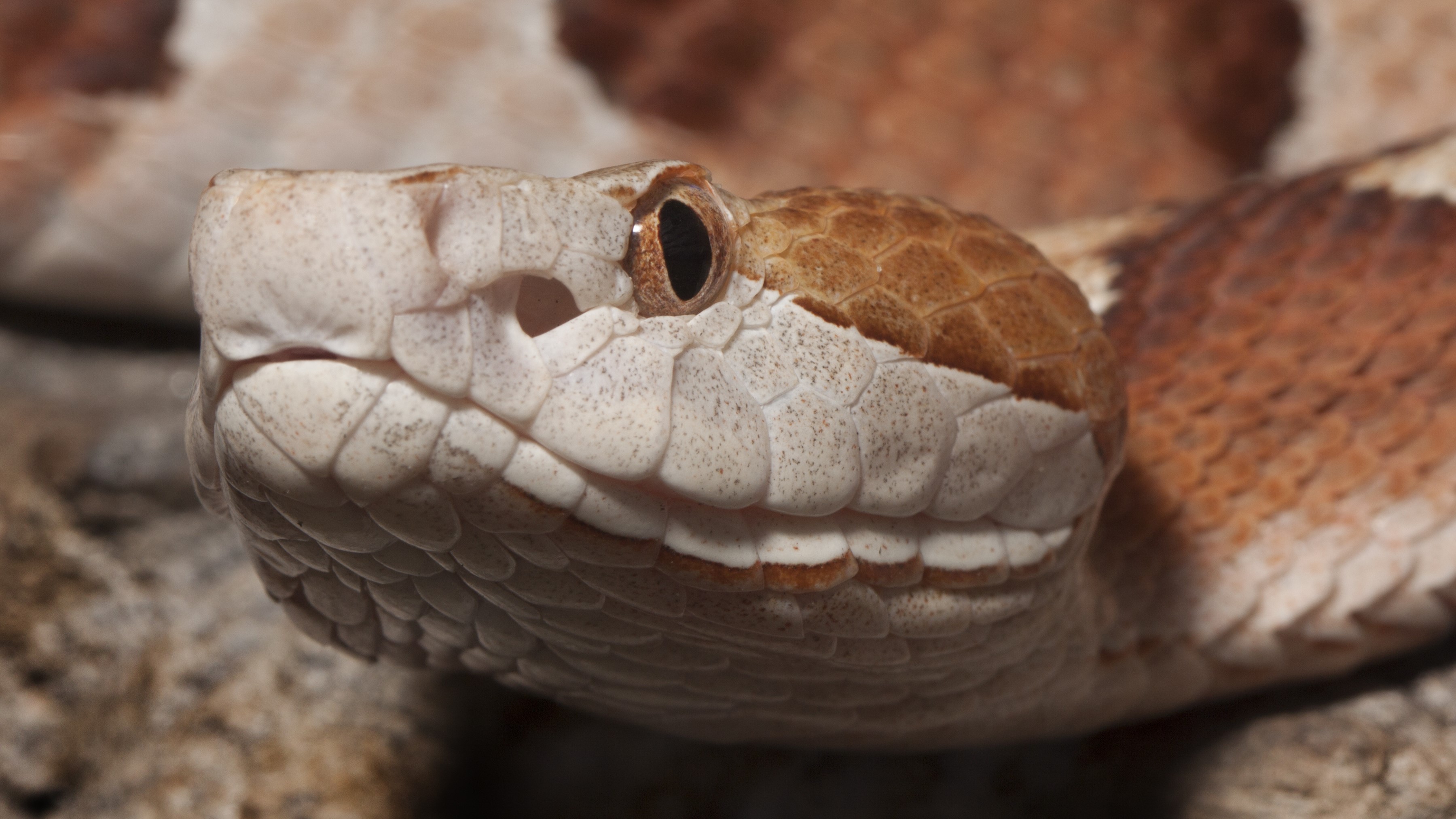
Copperhead snakes: Facts, bites & babies
By Ben Biggs, Jessie Szalay last updated
Reference Copperhead snakes are commonly found in the eastern U.S., where they inflict more bites than any other snake species. Luckily, their venom is relatively mild and rarely deadly for humans.
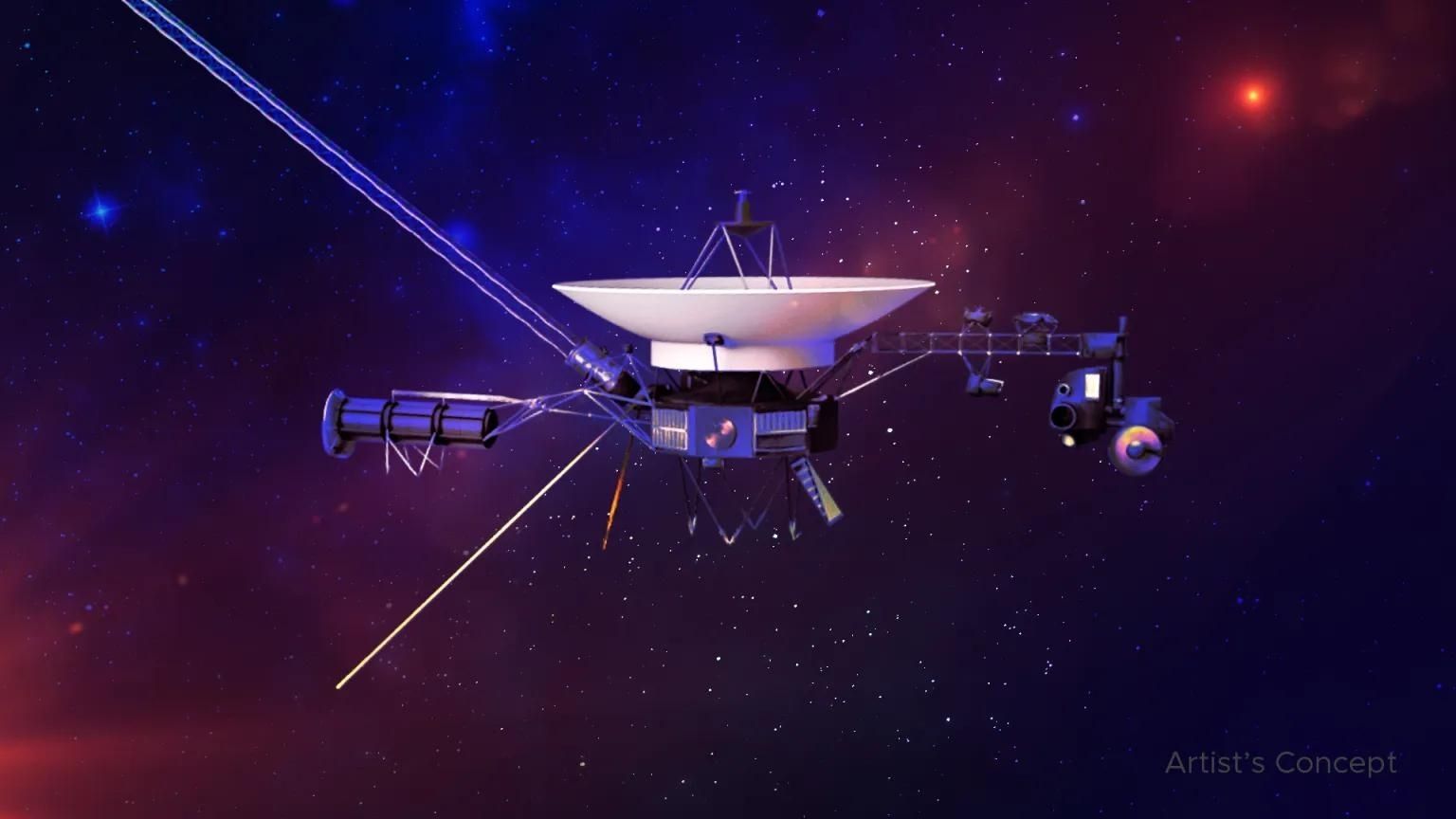
NASA engineers finally fix Voyager 1 spacecraft — from 15 billion miles away
By Sascha Pare published
The Voyager I spacecraft went haywire last year, but NASA engineers say they have finally fixed its data transmission systems and are receiving usable signals from all four science instruments.
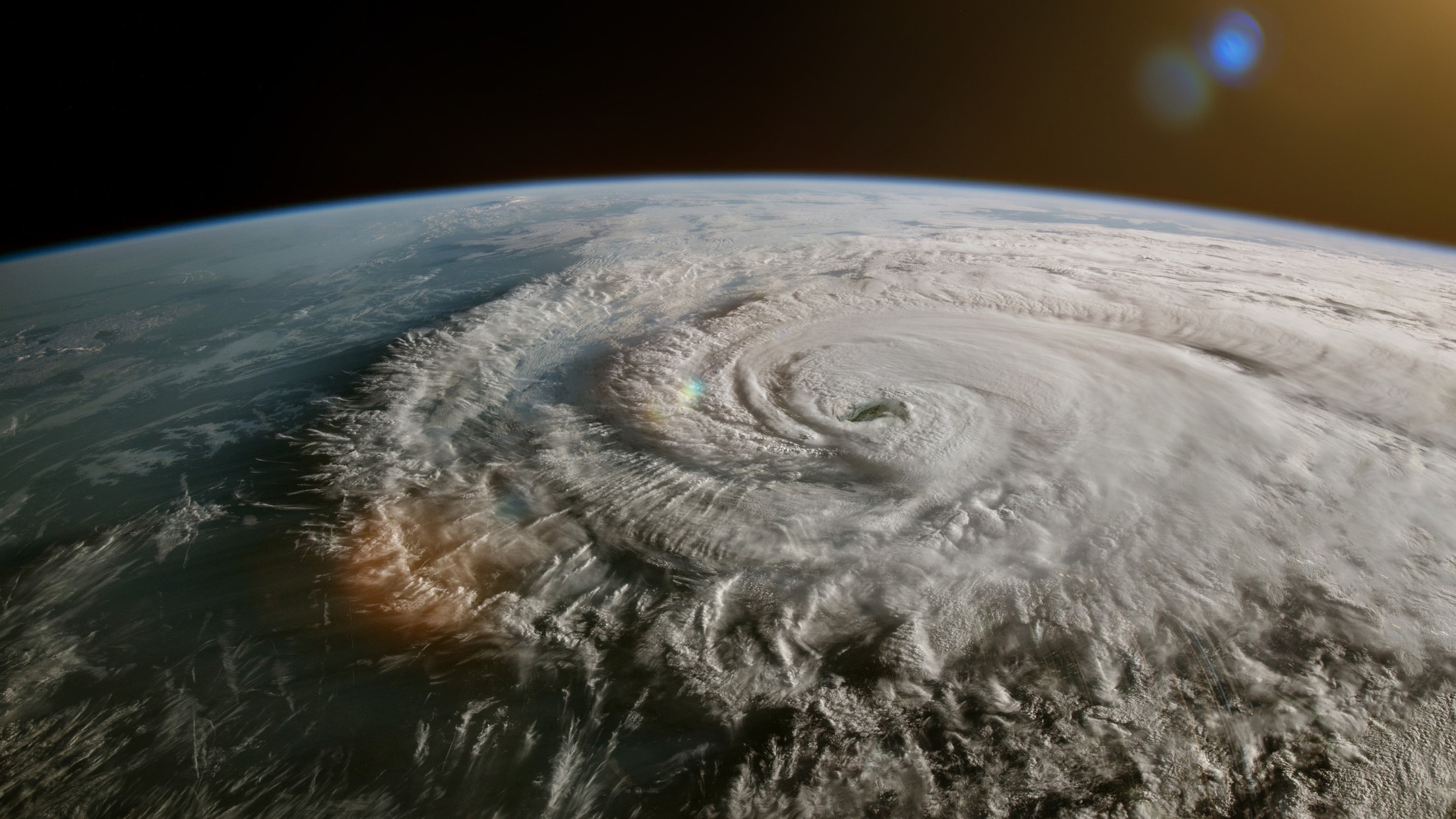
14 of the deadliest natural disasters in history
By Stephanie Pappas, Tiffany Means last updated
Reference The world's deadliest natural disasters span more than 2,500 years of human history and include earthquakes, tsunamis and cyclones.
Sign up for the Live Science daily newsletter now
Get the world’s most fascinating discoveries delivered straight to your inbox.
